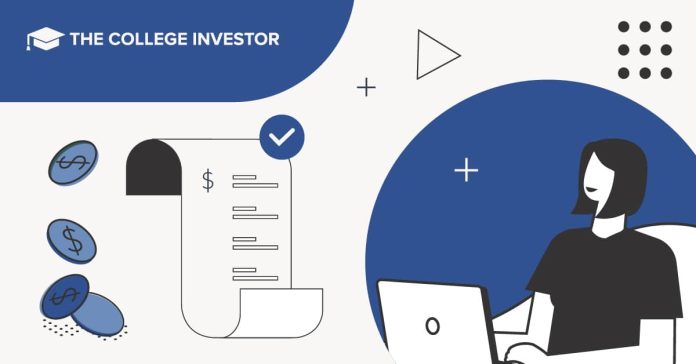- A projected $2.7 billion shortfall in Pell Grant funding is expected in 2026, growing to $10 billion by 2027 unless Congress intervenes.
- A March budget battle looms, with a potential government shutdown adding uncertainty to federal education funding.
- Proposed funding increases vary widely: the Biden Administration suggested a $750 increase per yearwhile Senate Republicans offered just $100 per year.
The Pell Grant program, a cornerstone of federal financial aid for low-income students, is facing a budget shortfall that could impact millions of families. The Congressional Budget Office (CBO) estimates a $2.7 billion gap for the next fiscal year, marking the first deficit in over a decade. If left unaddressed, this shortfall could rise to $10 billion by 2027threatening access to higher education for students who rely on these grants to afford college.
With Congress struggling to finalize a federal budget before March 14a potential government shutdown adds another layer of uncertainty. While Pell Grants won’t be immediately impacted by this deadline, lawmakers will need to take action before September 30when the 2026 fiscal year begins.
What Are Pell Grants And Why Do They Matter?
Pell Grants provide need-based financial aid to low-income students, helping them cover tuition, fees, books, and living expenses. Unlike loans, Pell Grants do not need to be repaid, making them a critical tool for expanding access to higher education.
Currently, more than 30% of college students receive Pell Grant funding. For the 2025-2026 academic year, students could receive up to $7,395 in grants, depending on their student aid index.
However, the maximum grant amount has not kept pace with rising tuition costs or inflation. The program has faced funding issues before—most notably in 2012, when a previous shortfall led to significant cuts. Congress reduced eligibility from 18 semesters to 12, cutting off aid for many community college students and adult learners.
Based on what’s happened before, along with the current administration’s focus on DOGE, another funding crisis could result in changes that may reduce aid for certain students or limit eligibility.
Upcoming Budget Battles
The looming budget shortfall comes amid stark political differences over higher education funding.
The Biden Administration previously proposed increasing Pell Grants by $750 per student to a total of $8,145. In contrast, Senate Republicans have suggested an increase of just $100 per year. Neither proposal passed committee last year.
President Trump’s “leaked” memo of potential cuts does target Pell Grants, but rather than changing dollar amounts, it instead focuses on revising the financial need formula for eligibility.
Adding to the uncertainty is a broader push for spending cuts in Congress. Some lawmakers are calling for reductions in federal education funding, while others suggest reshaping Pell Grants to focus on short-term workforce training rather than traditional college degrees.
Past funding challenges have been resolved through bipartisan compromise, but with heightened political tensions, securing additional money for Pell Grants may be more difficult than ever.
Related: What Happens If The Department of Education Is Abolished?
What Happens Next?
With the March 14 budget deadline approaching and a government shutdown possible, the future of Pell Grant funding remains uncertain. While the shortfall does not have to be addressed immediately, Congress must act by September 30 to prevent funding cuts.
For students and families, this means:
- No immediate changes to Pell Grant disbursements for current recipients.
- Potential changes in eligibility or reduced funding if Congress fails to close the budget gap.
- Advocacy efforts will be keyas student organizations and education groups push lawmakers to prioritize funding.
If the Pell Grant shortfall is not resolved, millions of students could see less financial aidmaking it harder to afford college and complete their degrees. For now, students and families should stay informed, monitor updates on federal education funding, and be prepared for potential policy changes in the months ahead.
Don’t Miss These Other Stories:
2025 IRS Tax Refund Schedule: When To Expect Your Tax Refund
Why Student Loan Borrowers Are Losing 100+ Credit Points
Can President Trump Claw Back Student Loan Forgiveness?
Create your very own Auto Publish News/Blog Site and Earn Passive Income in Just 4 Easy Steps







